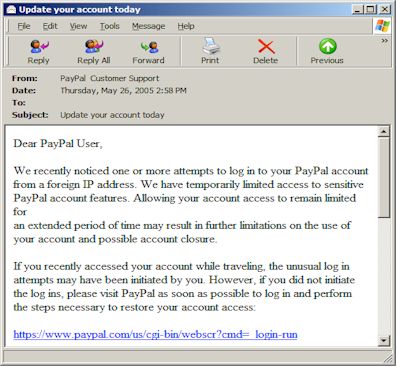Majory's Phishing IQ Quiz
- NIST
- ISO/IEC 27001
2.
You may optionally provide this to label your report, leaderboard, or certificate.
Submit
Submit
Submit
Submit
Submit
Submit
Submit
×
Thank you for your feedback!
















